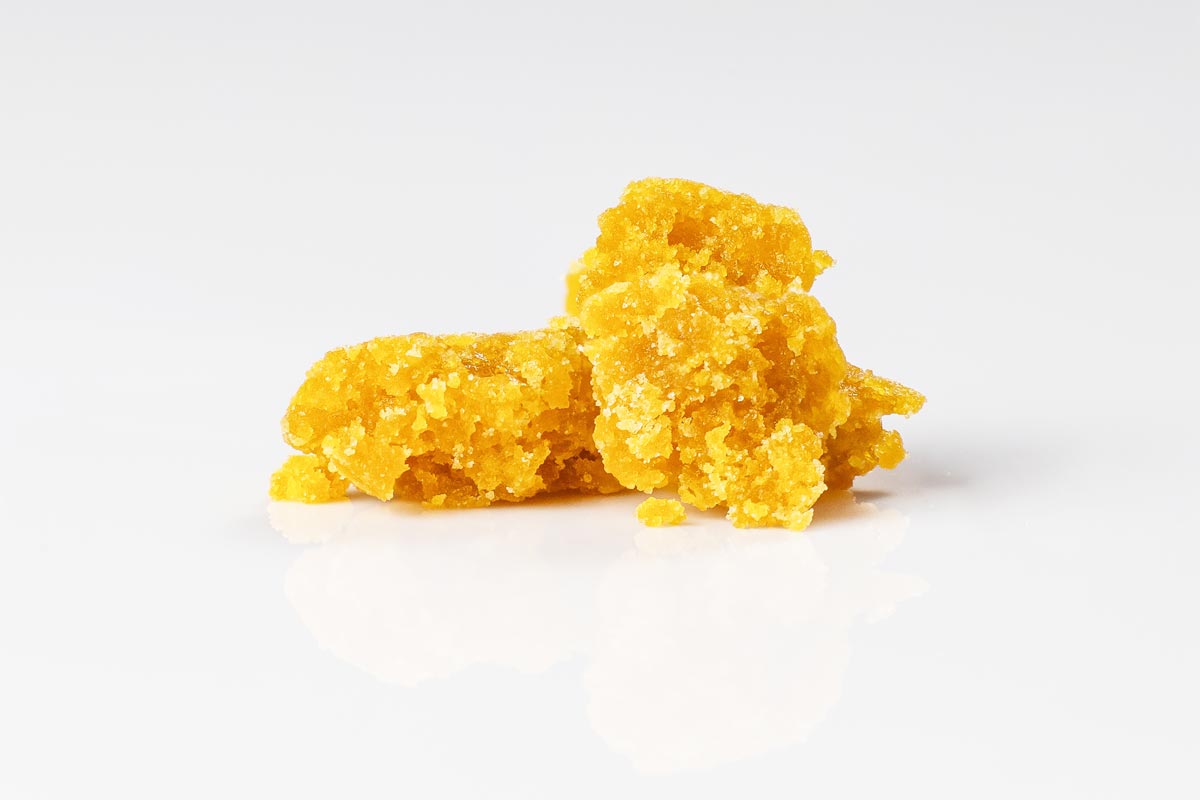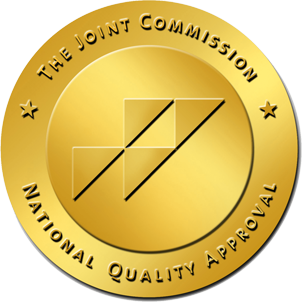What is a Wax Pen? A wax pen is a handheld vaporizing device consisting of a cartridge, a battery, and a mouthpiece. The system …
Signs of Substance Use in Your Loved One
In some cases, your loved one may be high functioning or show very few outward signs of substance abuse – but may have no money, …
Continue Reading about Signs of Substance Use in Your Loved One
How to Say No to an Addict You Love
The people taking care of them can harm their own mental health, can cut into their own wellbeing, and can accidentally engage in …
What is Dabbing
What are Dabs and How Are They Made? Dabs are normally made as an extract. In most cases, this means someone takes the cannabis …










